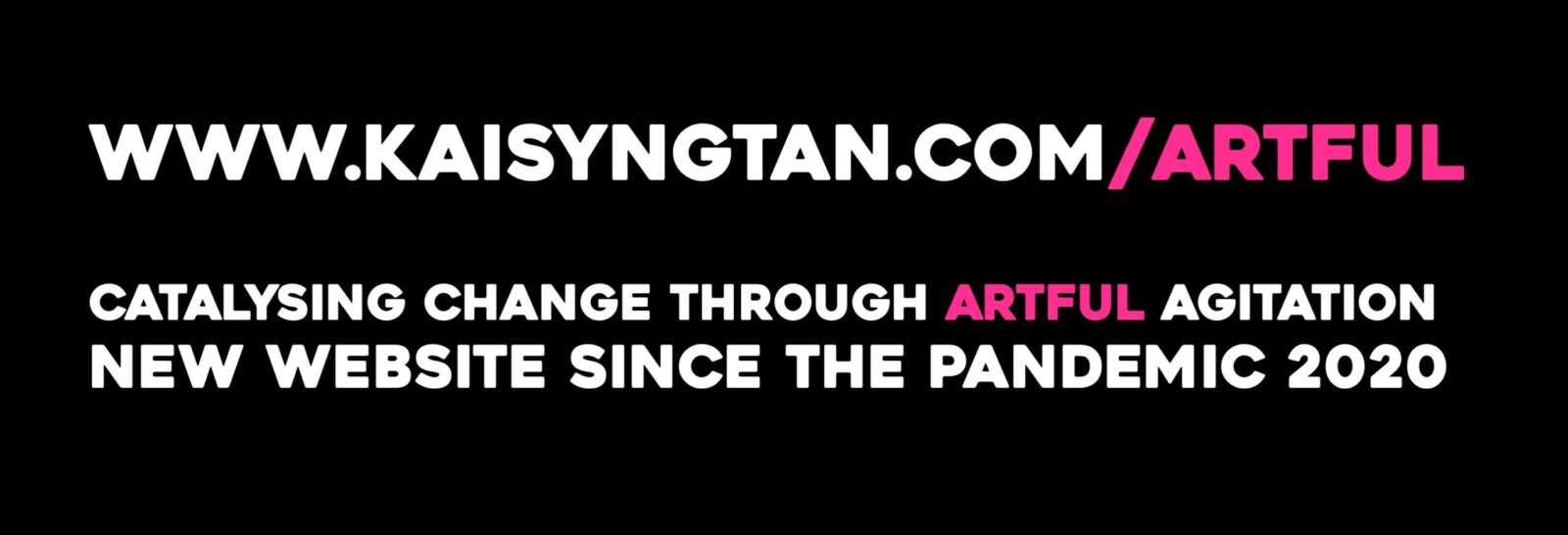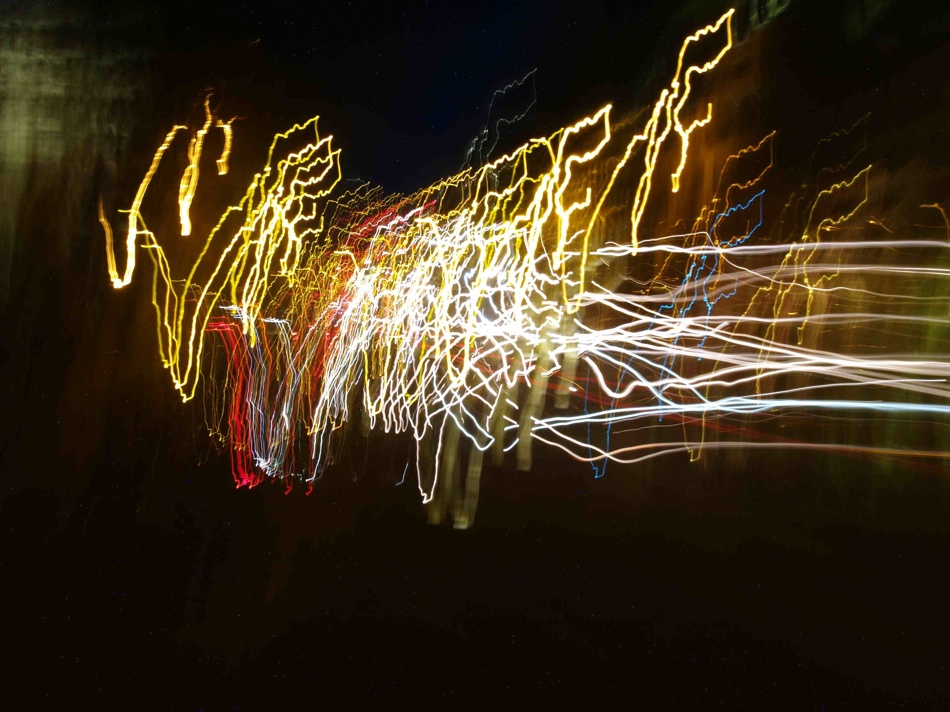RUN! RUN! RUN! STIM! STIM! STIM! is another new strand of research rough classified under Running (runner’s high) + Aspie + Creativity that RUN! RUN! RUN! aims to embark on for the year 2015. Kai first conceptualised this project in November 2014. Nothing is pinned down or causal; everything is fluid, exploratory and speculative. Your inputs and suggestions are welcome. Broad research questions:
- Why and how does running ‘work’ (?) as a stimming activity, including or particularly for people on the autistic spectrum (specifically Aspergers’);
- How running as a stimming activity for people with Aspergers’ relates to how we may create (as artist) and respond to (as audience/’user’) the use of repetition, rhythm and pattern in the arts (specifically visual arts) (including how visual art that employs such features may be used to re-present or rather present running as a stimming activity for people with Aspergers’);
- How the or a knowledge of such a relationship or association may be structured into steps or a loose set of methodologies that can be useful for people (neurotypical and non-neurotypical, artists and non-artists, runners and non-runners) to understand creativity and how our brain and body may optimise creativity.
RUN! RUN! RUN! STIM! STIM! STIM! pulls together disparate, existing strands of concepts, practice and research into a stimulating collision. Click on the following tabs to read about some of them.
Exercise can have a meditative, calming effect on people.
→ These people may include those on the autistic spectrum. In Grandin, Temple. 2011. The Way I See It: A Personal Look at Autism and Asperger’s. 2nd Revised edition edition. Arlington, Tex.: Future Horizons Incorporated, Dr Grandin says,
Exercise is ‘really good for the brain and can help children with hyper-sensitivities calm down, and children with hypo-sensitivities rev up their system for optimal leaning states (p84).
and, referencing works like Ströhle, Andreas, Christian Feller, Marlies Onken, Frank Godemann, Andreas Heinz, and Fernando Dimeo. 2005. “The Acute Antipanic Activity of Aerobic Exercise.” The American Journal of Psychiatry 162 (12): 2376–78. doi:10.1176/appi.ajp.162.12.2376 and Watters, R. G., and W. E. Watters. 1980. “Decreasing Self-Stimulatory Behavior with Physical Exercise in a Group of Autistic Boys.” Journal of Autism and Developmental Disorders 10 (4): 379–87, Dr Grandin adds:
Research is also now showing very clearly that exercise will reduce anxiety and stereotypical behaviour. At another group home, a program of vigorous exercise reduced behaviour problems (p132)
→ RUN! RUN! RUN!’s take is that stimming is not (necessarily) a negative activity, and that exercises like running could itself be a form of stimming. Ie, running as a form of meditation and self-medication.
Many people engage in a range of stimming activities to calm themselves.
→ What is stimming? Stimming is short for self-stimulation behaviours. RUN! RUN! RUN! takes the view that every body stims, although the neurotypical world calls it fidgeting. Pen-twirling. Pen-chewing. Nail-biting. Feet-tapping. Hair, playing-with.
→ People on the autistic spectrum engage in these and other fidgety activities too. For RUN! RUN! RUN!, they are not necessarily good or bad. Aspies however are more advanced and have more creative ways of stimming.
→ See examples of stim toys and jewellery, designed by an Aspie and made for Aspies. Cynthia Kim is also an author of a popular book and blog on being an Aspie.
(→ One particular area of interest, although not directly relevant for this research strand, is that of the feeling of pressure on the Aspie’s body as a form of stimming. Dr Grandin, who is a leading scientist for having invented a squeeze chute system to hold large animals in place in a humane way, is also well known for the human (specifically autistic) equivalent, known as the hug machine (or hug box, squeeze machine, or squeeze box). She discovered the pleasures of such pressure on her body when she put herself in a squeeze chute for cows. The hug machine is now something that is used to calm autistic people. Different designs exist, but photographs and diagrams of some of them may stir equal feelings of curiosity, disgust and poignancy as they may resemble a cross between a medieval torture machine and an extreme hair salon session. Less expensive equivalents may come in the form of weighted blankets. Or by simply piling up all the blankets and heavy fabrics that can be found in a household, and building a unique blanket fortress.)
Repetition, rhythm and pattern in the arts (music, visual arts, literature)
→ How and why artists use them. How and why they speak to us. How and why we respond.
→ Think Samuel Beckett’s dirge (can’t go on, can go on’). JS Bach’s point and counterpoint. Krisztof Kieslowski’s film cycles. Steve Reich’s symmetry and non-symmetry. Bruce Naumen’s paranoid video loops. Peter Kubelka’s explosive Arnaulf Rainer. Trance music and why they are trance-like. Glenn Gould’s compulsive humming to accompany what he was playing. Beethoven’s Variations on a Theme. See p293 of the Appendix of Kai’s PhD thesis.
Running as stimming
- rhythm / flow of breathing (actual, auditory effect of that)
- rhythm / flow of footsteps (feel of body weight against ground; auditory effect of that)
- associative thinking during run versus dissociative thinking during run
- running on ‘prescribed’ route or site such as rounds of a stadium or on treadmill, versus in a more unpredictable and random site such as city, through forest etc (and given to lost, being chase by a dog etc contingencies)
- (versus running in circles as stimming)
Kai’s art that engages in movement, repetition and patterns as structure

